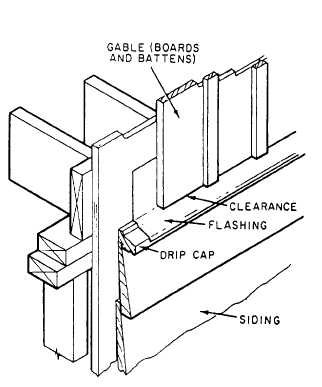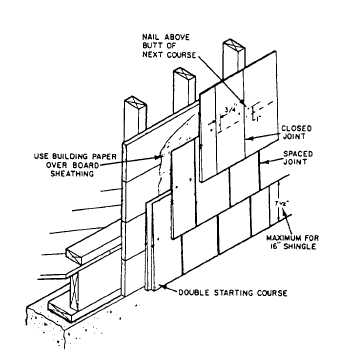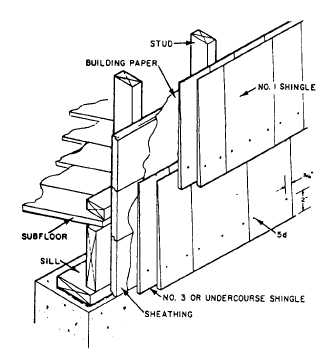Figure 4-7.-Cable-end finish (material transition).
or similar molding should be used (fig. 4-7). Flashing
should be used over and above the drip cap so that
moisture cannot enter this transition area.
PATTERNS
Wood shingles and shakes are applied in a single-
or double-course pattern. They maybe used over wood
or plywood sheathing. When sheathing with 3/8-inch
plywood, use threaded nails. For nonwood sheathing,
1-by 3-inch or 1- by 4-inch wood nailing strips are used
as a base.
In the single-course method, one course is simply
laid over the other as lap siding is applied. The shingles
can be second grade because only one-half or less of the
butt portion is exposed (fig. 4-8). Shingles should not be
soaked before application but should usually be laid
with about 1/8- to 1/4-inch space between adjacent
shingles to allow for expansion during rainy weather.
When a siding effect is desired, shingles should be laid
so that they are in contact, but only lightly. Pre-stained
or treated shingles provide the best results.
In a double-course system, the undercourse is
applied over the wall, and the top course is nailed
directly over a 1/4-to 1/2-inch projection of the butt (fig.
4-9). The first course should be nailed only enough to
hold it in place while the outer course is being applied.
Figure 4-8.-Single coursing of sidewalls (wood shingles and
shakes).
Figure 4-9.-Double coursing of side walls (wood shingles and
shakes).
The first shingles can be a lower quality. Because much
of the shingle length is exposed, the top course should
be first-grade shingles.
Shingles and shakes should be applied with
rust-resistant nails long enough to penetrate into the
4-8





